In Tijuana, parking is part of the city’s daily rhythm, because it is where errands begin, plans adjust, and people …
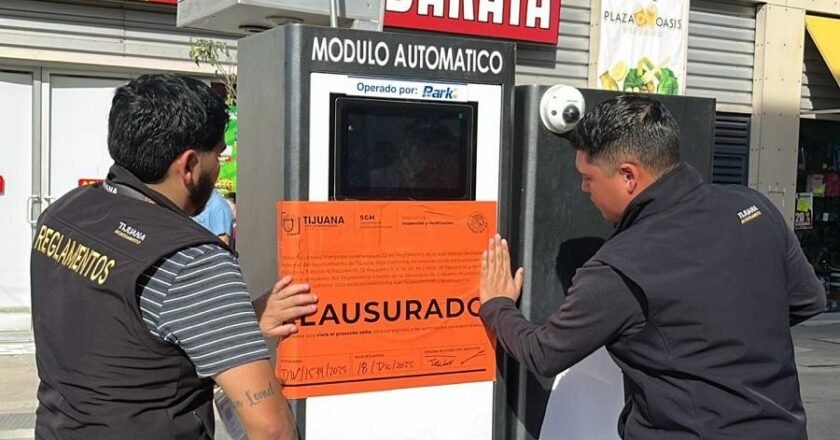

In Tijuana, parking is part of the city’s daily rhythm, because it is where errands begin, plans adjust, and people …
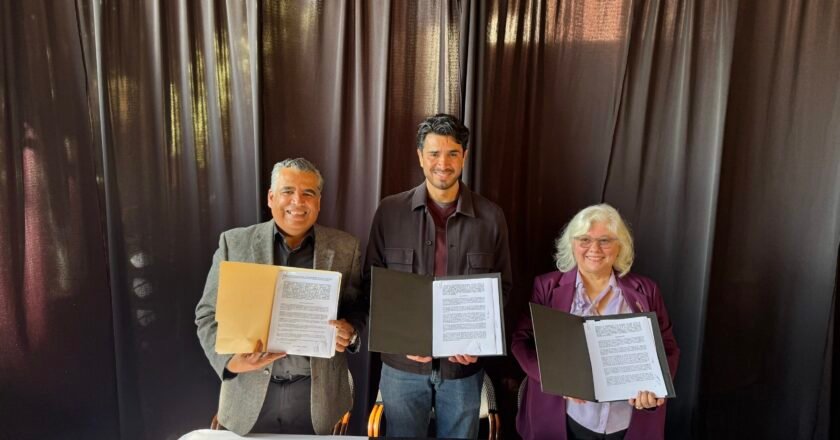
It starts with a glass The “L” de Liceaga never rushes you. First, the color settles in the glass. Deep …
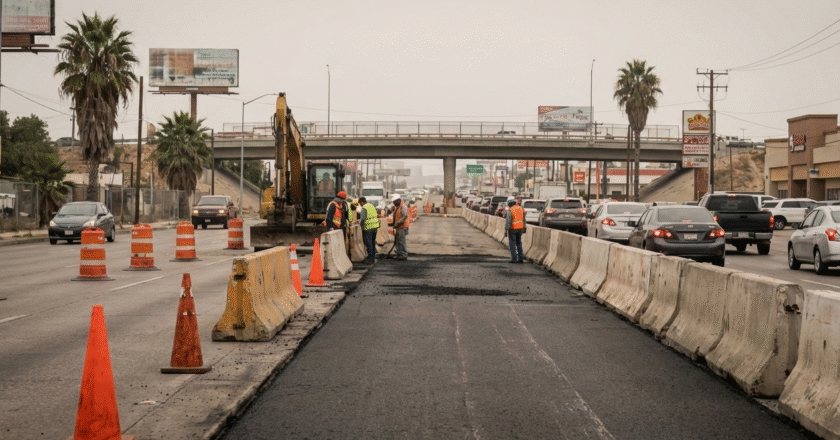
When a Hole Becomes a City Problem In Tijuana, a socavón is never just a hole. It sneaks into your …

If you’ve walked past the Centro Cultural Riviera after sunset this week and wondered why the building suddenly looks alive, …

State Government Highlights Responsible Budget, Inflation-Only Adjustments The Baja California state government has officially confirmed that there will be no …

Living in Baja offers sunsets, ceviche, pelicans, oysters, crisp white wine, bold red wine, and even a beautiful totoaba—now recovered …
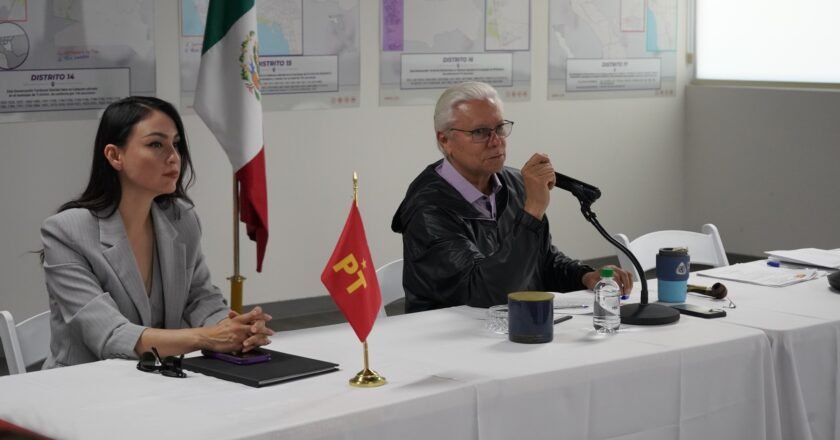
If you’ve lived in Baja long enough, you know our political drama doesn’t walk—it sprints. And this week, it tripped …
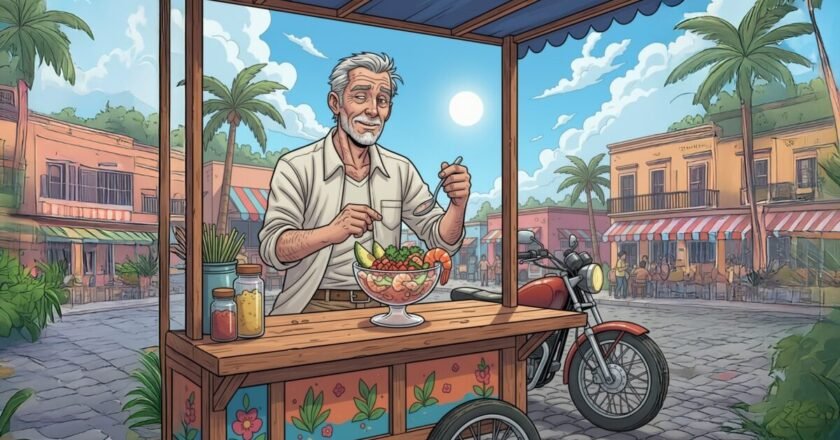
My life changed in an instant. I was visiting home during a college break and saw a bumper sticker on …
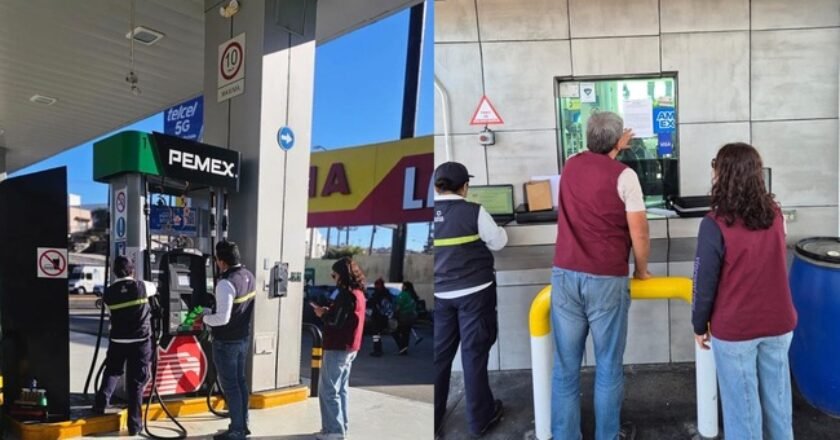
Gas station drama returned to Baja this week after the Procuraduría Federal del Consumidor (PROFECO) and the Agencia de Seguridad, …

A Midweek Surprise on Agua Caliente TIJUANA—Some Wednesdays start slow. Then officers stop a man waving a fake badge on …